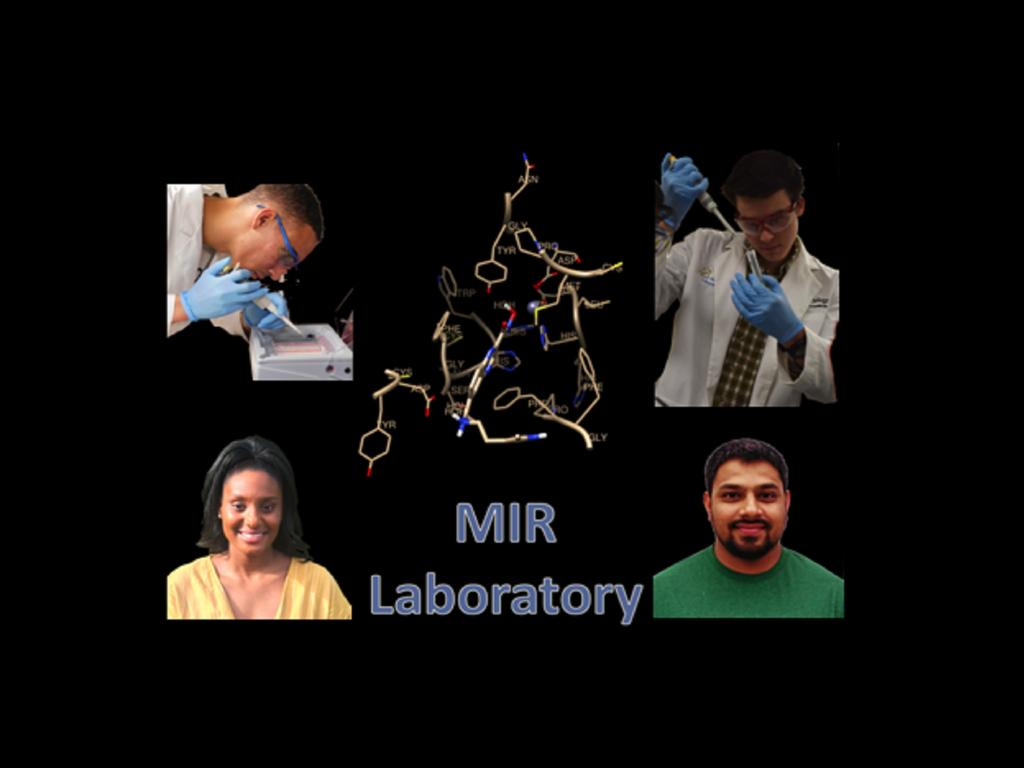Dr. Shana Stoddard, assistant professor of chemistry, and students in her research lab have co-authored articles recently published in two peer-reviewed journals—the International Journal of Molecular Sciences and the Beilstein Journal of Organic Chemistry.
The students in Stoddard’s Molecular Immunotherapeutics Research (MIR) lab at Rhodes use a combination of computational chemistry, biochemistry, and biological assays to design and develop novel therapeutic compounds. They have successfully tested several of the designed drugs that have the potential to be cancer therapeutics. Current work in the lab is focused on synthesis of more drug candidates that have been identified in the lab.
Histone Deacetylases (HDACs), a family of 18 different enzymes, are key regulators of gene expression and are currently great drug targets for various types of cancers. Stoddard’s group has conducted studies that can be used in the future design of more potent and selective inhibitors of the enzymes used in cancer therapies.
The article in the Beilstein Journal of Organic Chemistry is titled “Design and Synthesis of Diazine-Based Panobinostat Analogues for HDAC8 Inhibition.” Contributors include Stoddard, along with, Liam Goldman ’20 and Xavier May ’17 of Rhodes; Davita Watkins, Sivaraman Balasubramaniam, Sajith Vijayan, Kyra Dodson, and Sweta Adhikari of the University of Mississippi; and Fatima Rivas of St. Jude Children’s Research Hospital.
Goldman, who has worked in the MIR Lab since his first year at Rhodes was essential in testing the potential drug compounds ability to prevent HDAC8 from functioning. “The MIR lab has been essential to my college career,” he says. “It has brought purpose to my undergraduate education as I have been able to apply fundamental knowledge gained in the classroom to my research which has potential to help many people.” Goldman will be attending the Medical College of Georgia in the fall.
Stoddard’s article in the International Journal of Molecular Sciences is titled “In Silico Design of Novel Histone Deacetylase 4 Inhibitors: Design Guidelines for Improved Binding Affinity.” It is co-authored by Kyra Dodson and Davita Watkins of the University of Mississippi, and Kamesha Adams, a 2019 graduate of LeMoyne-Owen College. Adams is now an organic chemist at Barrow Agee Laboratories. “While working at Rhodes, I was able to explore a different computational method,” Adams says. “It was a neat way of learning how biochemistry plays a major role in finding cures.”
Work in the MIR lab involves a team of diverse students coming together to tackle real world problems. Stoddard encourages the collaboration between each member, as she believes everyone brings something unique to the table. “Learning to collaborate with many individuals, especially across difference, really helps in facilitating advances in STEM,” says Stoddard. “I mentor my students closely to foster this type of thinking in my research program so they’ll be equipped to pioneer impactful advancements in society after the leave Rhodes.”
